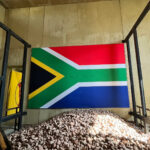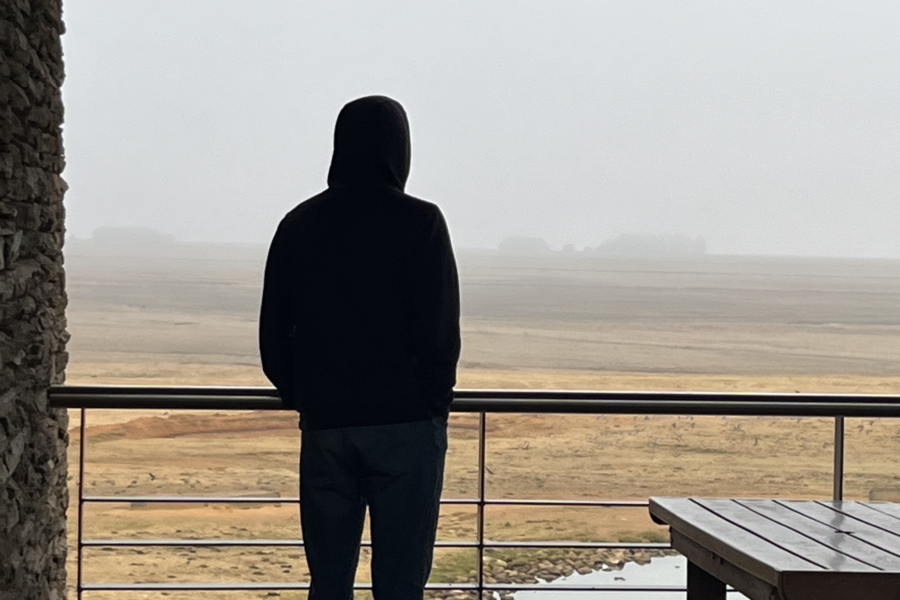Law is purely an instrument; the higher objective is love.
Learning about the interconnectedness of creativity and justice within the South African legal system inspired and invigorated me. On Thursday, we visited Constitution Hill, which displays the most beautiful, but also the most despicable and vile parts of South Africa. Although it was traumatic to even fathom the atrocities that occurred on these grounds (I think of the crude solitary confinement cells, which housed prisoners as young as fourteen), this preservation of knowledge is truly the reminder for and root of progress in all nations.
In this way, Constitution Hill connects the past, present, and future. Historically, the site functioned as a military fort and prison. The contrast between its militant history and contemporary integrity exhibits South Africa’s greater paradigm shift from colonialism to constitutional democracy. The architectural symbolism strikes the viewer, who bears witness to the conformity and corruption of apartheid and then also to the liberty and glory of progress. For example, the red bricks that once confined mistreated prisoners, now form the foundation of South Africa’s highest constitutional court. In the beginning of our tour, we even voiced our own ideals of growth: equity, justice, love, selflessness, and much more.

Looking at South Africa’s highest and most important court, the modest exterior shocked me. However, I soon discovered that the building itself represents the institution’s accessibility and inclusion. Upon entrance into the foyer, a ladder to freedom reaches from floor to ceiling. A physical embodiment of the nation’s journey—where South Africans have been, and where they want to go. Within the court, the ribbon of light, a horizontal window spanning the room, reveals the feet and legs of people walking outside the courtroom. This glass symbolizes the transparency of justice, and also reminds the judges to always remember and respect the people. Hanging behind the judges, a vibrantly beaded South African flag appears to blow in the wind. Lastly, the judges sit behind a unique bench. Each of the justice’s cowhide-covered desks presents distinct features that symbolize their diverse lived experiences, which all unite to promote the nation’s law and order.


Despite Apartheid’s violent injustices, South Africa possesses a history of strict adherence to its laws. For this reason, Constitution Hill is so important. Even during its darkest times, the nation held onto its legal system. Accordingly, the people must continue to believe in and uphold South Africa’s judiciary.
Nelson Mandela declared: “It is said that no one truly knows a nation until one has been inside its jails. A nation should not be judged by how it treats its highest citizens, but its lowest ones.” I was struck by Ms. Lwando Xaso’s story of learning how to reconcile her animosity and fear toward prisoners in order to properly listen to and hear them. She talked about showing grace and understanding to even the ‘lowest’ citizens. As Mandela stated, the quality of such treatment demonstrates the true intentions and ideals of a country.
Ultimately, Constitution Hill is a remarkable symbol of human achievement and history. Together, the court, museum, and prison, stand as a foundation to transform old walls into new bridges. So, although written laws and human rights cannot spontaneously create love among the people, they can engender the necessary circumstances and experiences for a better, more just future.








